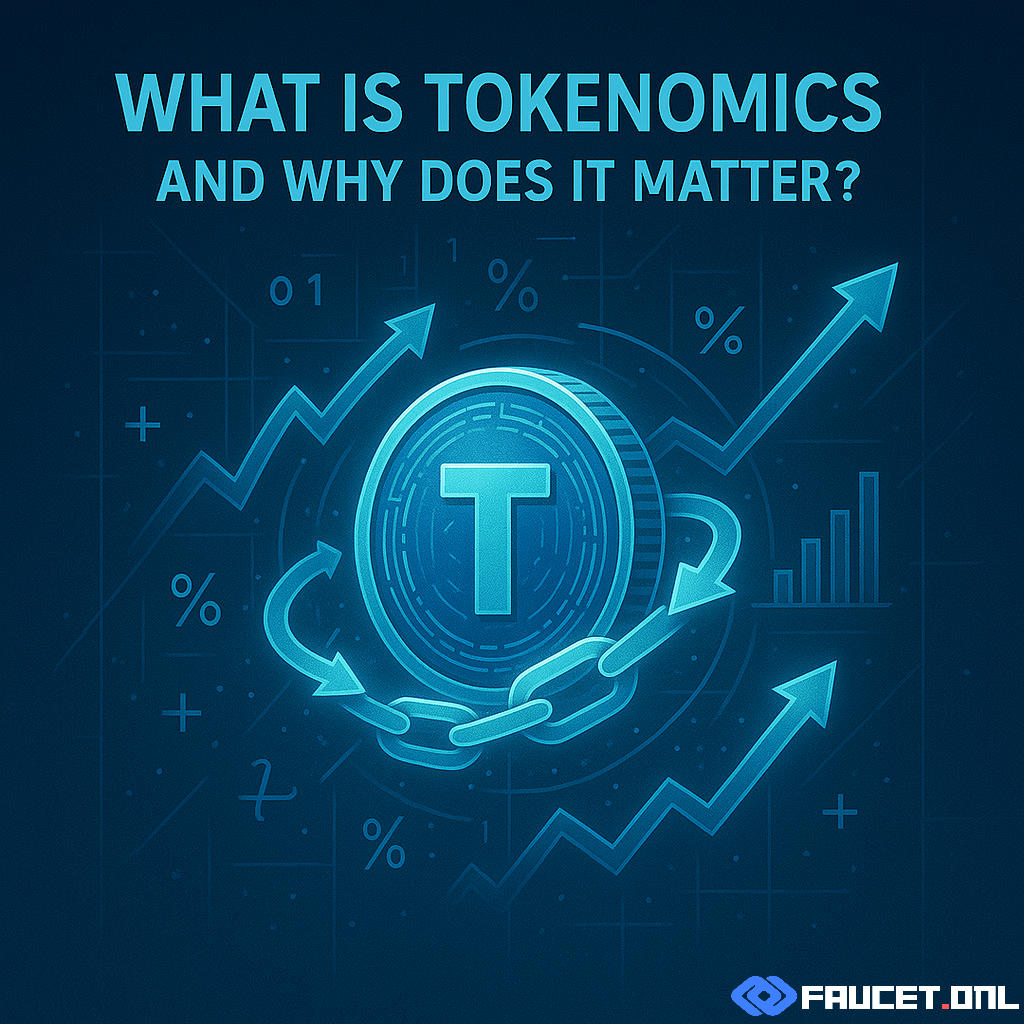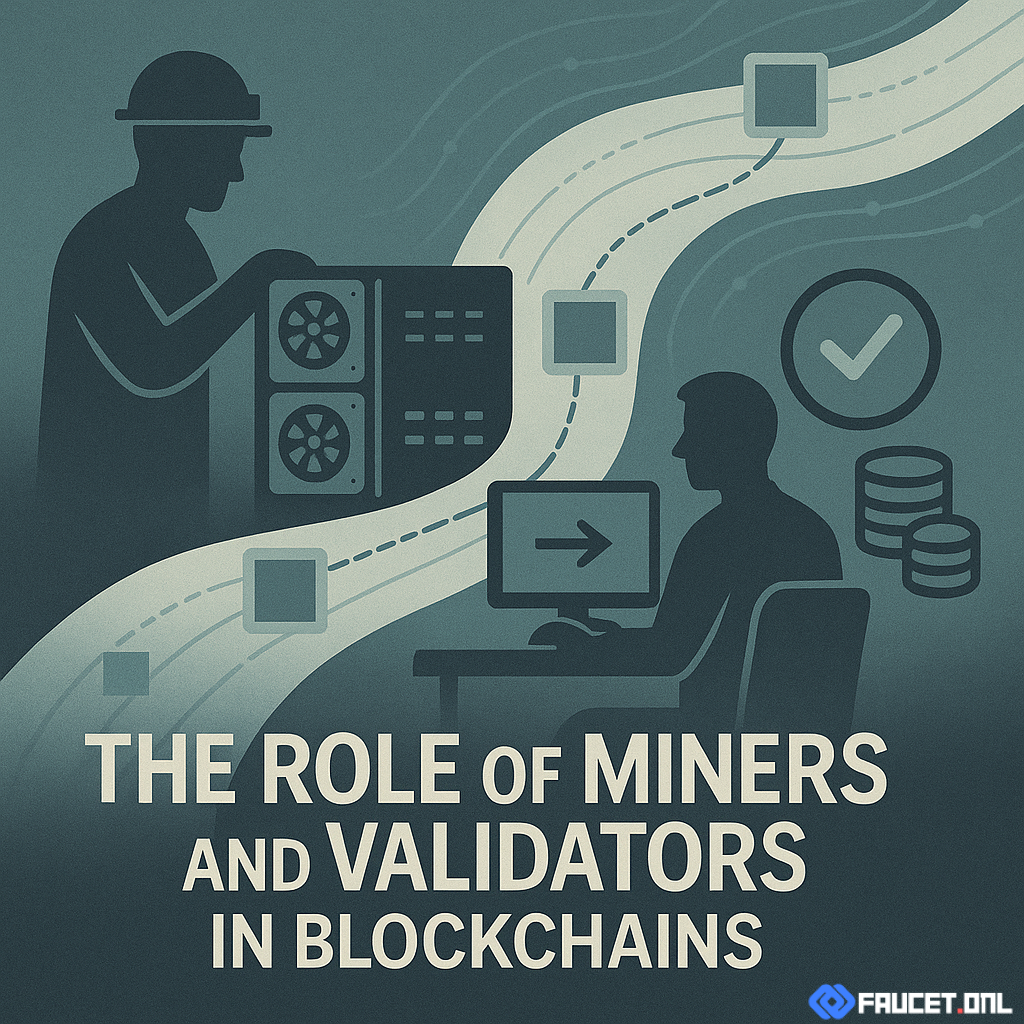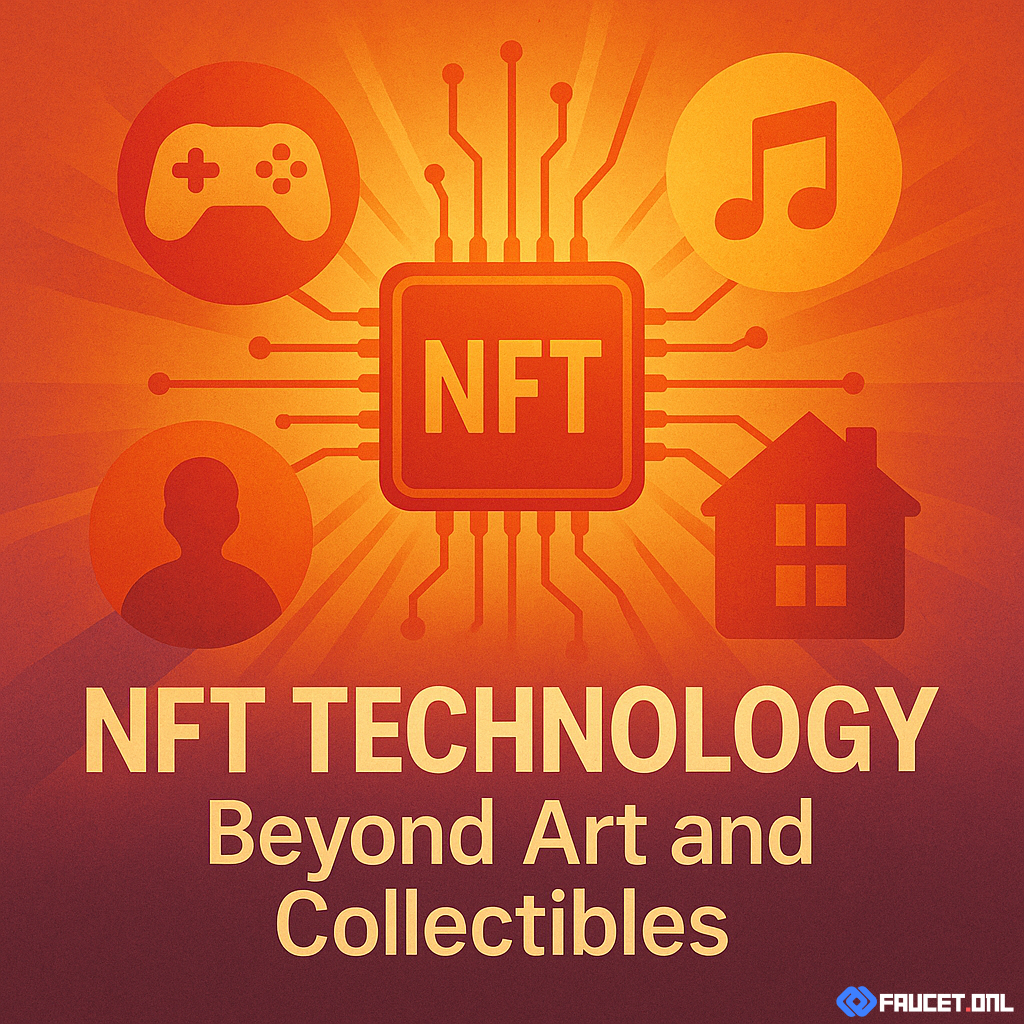Tokenomics Basics
Tokenomics—a blend of “token” and “economics”—refers to the study and design of the economic structures that underpin blockchain tokens. Just as traditional economics examines how value is created, distributed, and transferred within an economy, tokenomics addresses these questions in decentralized digital environments. It involves the deliberate planning of how tokens are minted, allocated, and used to create functional, incentive-driven ecosystems.
Every blockchain project issues tokens with specific purposes, ranging from accessing platform features to serving as digital money. But it’s not enough to simply launch a token; the way it’s designed can determine the fate of an entire project. Tokenomics covers everything from supply dynamics (how many tokens exist and how they are released) to the incentives built into smart contracts that influence user behavior.
There are several models of tokenomics:
- Utility tokens: Grant access to features or services within an application.
- Governance tokens: Empower holders to vote on project changes or proposals.
- Security tokens: Represent ownership of real-world or digital assets, subject to regulation.
- Stablecoins: Pegged to an external asset, such as USD, to reduce volatility.
Sound tokenomics balances the needs of users, investors, developers, and the wider ecosystem, aligning incentives so that all parties are motivated to contribute to the project’s success.
Why It Matters
Why is tokenomics so important? In the blockchain world, code is law—meaning that the rules for creating and distributing value are set in advance and executed automatically. If the economic design is flawed, no amount of marketing or hype can save a project in the long run. Well-designed tokenomics can:
- Incentivize adoption: Reward users for contributing to network growth.
- Attract investment: Offer clear utility and scarcity to build trust and value.
- Align interests: Ensure founders, developers, and the community are working towards shared goals.
- Control inflation: Manage supply to avoid rapid devaluation or unsustainable price spikes.
- Build sustainability: Support long-term project development and ecosystem health.
Projects with poor tokenomics often suffer from “pump and dump” cycles, unsustainable yields, or collapse due to lack of ongoing utility. In contrast, robust tokenomics can turn an innovative idea into a thriving ecosystem with enduring value.
Key Metrics to Analyze
Serious analysts dive into specific metrics to judge the health of a token and its ecosystem. Here are some of the most important tokenomics metrics:
- Total Supply: The maximum number of tokens that will ever exist. Scarcity often drives demand, but excessive scarcity can reduce usability.
- Circulating Supply: Tokens currently in the hands of users, excluding locked or reserved tokens. A low circulating supply can lead to price volatility.
- Emission Rate / Inflation: The pace at which new tokens are introduced. High inflation can erode value, while deflation can stifle usage.
- Distribution: How tokens are allocated among founders, developers, investors, and the community. Over-concentration in a few wallets is a red flag for centralization and possible manipulation.
- Utility and Demand: The use cases for the token—does it solve a real problem or create unique value within its ecosystem?
- Vesting Schedules: Timelines dictating when insiders can sell or use their tokens, which affects selling pressure and project stability.
- Burn Mechanisms: Whether tokens are periodically destroyed to reduce supply, often used to support price.
Careful study of these parameters reveals the long-term health and intentions behind a crypto project.
Risks in Tokenomics
No tokenomic design is without risk. Crypto history is littered with projects that failed due to poor planning or outright manipulation. Key risks include:
- Over-centralization: Too many tokens held by founders or early investors can lead to sudden dumps and loss of trust.
- Ponzi-like structures: Unsustainable yields or rewards that rely on new investors can collapse rapidly.
- Hidden inflation: Sneaky mechanisms that create more tokens than publicly disclosed can dilute value.
- Lack of real utility: Tokens without strong use cases often end up as speculative assets only, leading to price volatility and crashes.
- Poor transparency: Inadequate documentation or hidden token allocations erode trust and signal red flags to analysts.
- Inflexible models: Economic models that cannot adapt to changing market conditions may fail as trends evolve.
For these reasons, seasoned analysts scrutinize tokenomic whitepapers, blockchain explorers, and team wallets before committing capital or supporting a project.
Tips for Analyzing Tokenomics
Evaluating tokenomics is both art and science. Here are best practices for project analysts:
- Read the Whitepaper: Start with the official documentation to understand supply models, utility, and incentives.
- Check Token Allocations: Examine wallet distributions using block explorers. Beware of heavy centralization.
- Analyze Vesting: Look for reasonable vesting schedules to prevent early insider sell-offs.
- Review Use Cases: Prioritize projects where tokens have real, sustained utility, not just speculative hype.
- Study Emission Models: Compare inflation rates to the intended growth of the network or ecosystem.
- Audit Transparency: Trust projects with open communication and public code audits.
- Model Scenarios: Run basic financial simulations—what happens if demand falls, or if all vested tokens hit the market at once?
- Community and Team: Strong communities and credible teams are essential for long-term viability, especially if tokenomics need to evolve.
By applying these methods, analysts can separate projects with robust, sustainable economic models from those destined for short-term speculation or failure.
Conclusion: Tokenomics Shapes Blockchain Success
In the rapidly evolving world of blockchain, tokenomics is the foundation upon which every successful crypto project is built. It determines how value is created, distributed, and maintained. For project analysts, understanding the nuances of tokenomics is not optional—it’s essential. By mastering tokenomics, you can identify hidden risks, spot genuine opportunities, and make informed decisions in a market where innovation and volatility go hand in hand. As blockchain matures, those who understand tokenomics will shape the future of decentralized economies.



